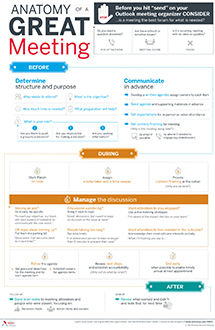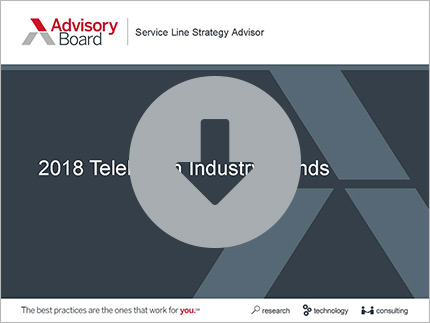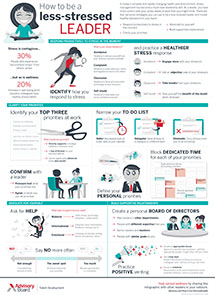Auto logout in seconds.
Continue LogoutEditor's note: This popular story from the Daily Briefing's archives was republished on Jan. 7, 2019.
by Kate Vonderhaar and Micha'le Simmons
While smartphones can help workers get their job done anywhere at any time , they can also be incredibly distracting in the workplace—leading some CEOs to ban their presence in meetings, John Simons reports for the Wall Street Journal.
4 ways to be a less-stressed leader
The mobile app research firm Dscout estimates people spend an average of about 2 hours and 25 minutes per day interacting with their smartphones. And as Simons reports, inevitably, some of that use occurs during work hours. In fact, a 2016 survey from CareerBuilder found smartphones are the leading productivity killer in the workplace.
But some managers are seeking to reclaim that lost time and increase their team's productivity by restricting—or in some cases banning—smartphone use at work.
How managers are tackling smartphones in the office
Bill Hoopes, an IT project manager at L3 Technologies, created a rule in meetings when he took over a team of about 25 people: "Every time someone's phone went off, they had to stand for the rest of the meeting," he said. Eventually, Hoopes asked his group to leave their phones at their desks during any meetings of two or more people. Over time, Hoopes said he noticed an improvement in the quality of conversation and ideas presented in meetings, as well as a greater respect and appreciation among team members.
Mat Ishbia, CEO of United Wholesale Mortgage, banned phones from meetings about two years ago and told his managers and executive team not to check their phones while they're working.
More recently, Ishbia has implemented an experimental policy in which a group of around 250 workers are told to not use their personal phones at their desks, but rather use them in a specific common area designated for phone use and socializing. After 45 days of the experiment, Ishbia said that he has noticed that employees are checking their phones a lot less.
Jason Brown, CEO of Brown, Parker & DeMarinis, implemented a similar policy after he "lost it" at a meeting during which the majority of his coworkers were on their phones. He issued a company-wide rule, banning all phones from meetings, saying, "If someone shows up with their phone, it'll be their last meeting."
But the restriction didn't play out quite as Brown had expected: Brown's coworkers began wearing smartwatches or bringing their laptops to meetings, which were equally as distracting. Brown himself began missing his phone too, and he ultimately altered his edict to encourage employees to attend meetings only if they truly need to be there and can fully engage.
Bryan Lee, a product manager at Docker, took a different approach. He challenged his team to download an app that measures the total amount of time a person spends on their phone. The team posts their daily phone hours on a whiteboard. Lee said that they're "thinking of having a trophy we can pass around—or maybe just shaming the loser."
Next, here are 4 ways to be a less-stressed leader
Stress is endemic in today’s health care workforce, but the good news is that leaders have much more control over their stress levels at work than they might think. The most effective leaders take steps to proactively keep their own stress in check—while modeling healthy habits for their teams.
Use this infographic to review effective stress management strategies that can help you become a less-stressed leader.
Don't miss out on the latest Advisory Board insights
Create your free account to access 1 resource, including the latest research and webinars.
Want access without creating an account?
You have 1 free members-only resource remaining this month.
1 free members-only resources remaining
1 free members-only resources remaining
You've reached your limit of free insights
Become a member to access all of Advisory Board's resources, events, and experts
Never miss out on the latest innovative health care content tailored to you.
Benefits include:
You've reached your limit of free insights
Become a member to access all of Advisory Board's resources, events, and experts
Never miss out on the latest innovative health care content tailored to you.
Benefits include:
This content is available through your Curated Research partnership with Advisory Board. Click on ‘view this resource’ to read the full piece
Email ask@advisory.com to learn more
Click on ‘Become a Member’ to learn about the benefits of a Full-Access partnership with Advisory Board
Never miss out on the latest innovative health care content tailored to you.
Benefits Include:
This is for members only. Learn more.
Click on ‘Become a Member’ to learn about the benefits of a Full-Access partnership with Advisory Board
Never miss out on the latest innovative health care content tailored to you.



